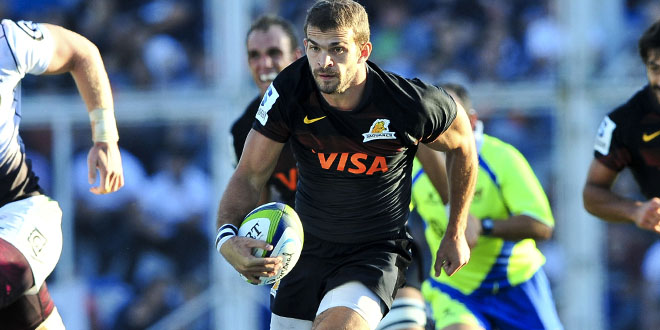Law Amendments have been announced by SANZAAR for the Super Rugby and Rugby Championship competitions. The changes are those that were made official in July 2017 ahead of the European club season.
Of the changes it is the first which may not be so popular in Argentina. It puts an end to the bajadita as a weapon in which the hooker does not strike the ball but, rather, is part of an 8-man push with the team pushing forward over the ball.
All of the law amendments have obtained World Rugby approval. The complete list of the changes are outlined as follows:
1. Scrum: Law 20.5 and 20.6 (d) and Law 20.8 (b) Striking after the throw-in
No signal from referee. The scrum-half must throw the ball in straight but is allowed to align their shoulder on the middle line of the scrum, therefore allowing them to stand a shoulder width towards their own side of the middle line.
Once the ball touches the ground in the tunnel, any front row player may use either foot to try to win possession of the ball. One player, from the team who put the ball in, must strike for the ball.
Reasoning: To promote scrum stability, a fair contest for possession while also giving the advantage to the team throwing in (non-offending team).
Results: Every team MUST hook the ball as part of the scrum-feed. If they don’t, expect to see some Free Kicks against the feeding team.
2. Scrum: Law 20.9 (b) Handling in the scrum – exception
The number eight shall be allowed to pick the ball from the feet of the second-rows.
Reasoning: To promote continuity.
Results: This will help teams under pressure when going backwards.
3. Tackle: Law 15.4 (c)
The tackler must get up before playing the ball and then can only play from their own side of the tackle gate.
Reasoning: To make the tackle/ruck simpler for players and referees and more consistent with the rest of that law.
Results: Cleaner ball at the back of the tackle and all players having to comply with the gate at the tackle.
4. Ruck: Law 16
A ruck commences when at least one player is on their feet and over the ball which is on the ground (tackled player, tackler). At this point the offside lines are created. Players on their feet may use their hands to pick up the ball as long as this is immediate. As soon as an opposition player arrives, no hands can be used.
Reasoning: To make the ruck simpler for players and referees.
Results: Team in possession will send a support player in fast, in order to then clear the ball with an offside line now in operation. The first defender can still arrive and have an immediate go at the ball – so they can still win a quick turnover.
5. Ruck: Law 16.4: Other ruck offences
A player must not kick the ball out of a ruck. The player can only hook it in a backwards motion.
Reasoning: To promote player welfare and to make it consistent with scrum law.
Results: The elimination of what is a very negative play to interfere with the attacking team’s ball at ruck time.
 Americas Rugby News Rugby news from across the Americas!
Americas Rugby News Rugby news from across the Americas!




